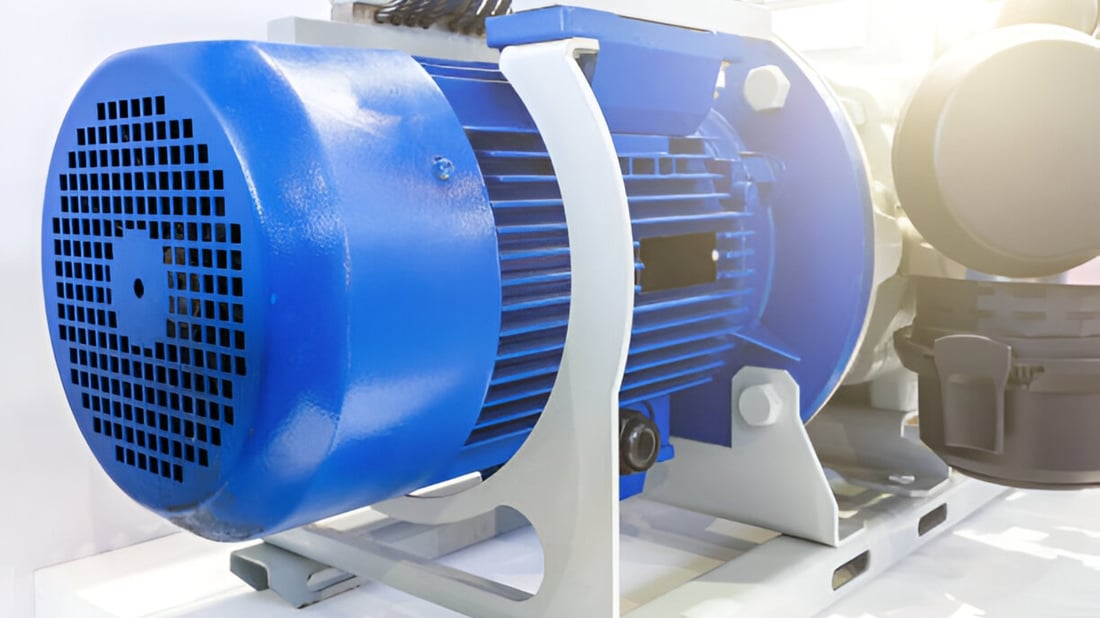Common Gearbox and Gear Reducer Problems and How to Fix Them
Industrial equipment that heavily relies on gears such as pumps, compressors, and conveyors, are designed with gearboxes and gear reducers for smooth operation and energy efficiency. However, these critical components are prone to several problems that can result in downtime, reduced productivity, and excessive maintenance costs. In this article, we will discuss the most common gearbox and gear reducer problems and effective solutions to fix them.
1. Gear Wear and Pitting
Gear wear and pitting occur when the gears are subjected to high loads or misalignment. This can result in a noisy operation, reduced efficiency, and even total failure. One of the ways to fix this problem is to replace the damaged gears with new ones. It is important to ensure that the new gears have the correct configuration, dimensions, and hardness to avoid premature wear.
2. Bearing Defects
Bearings in gearboxes and gear reducers can fail due to several reasons, including misalignment, overloading, and insufficient lubrication. When bearings fail, they can cause vibration, noise, and overheating. To fix this problem, the failed bearings should be replaced with suitable replacements. It is advisable to choose high-quality bearings that can withstand the operating conditions and extend the service life of the gear system.
3. Seal Leaks
Seals in gearboxes and gear reducers are crucial components that prevent lubricant leakage and contaminants from entering the system. If the seals are damaged or worn out, they can cause lubricant loss, contamination, and reduced efficiency. To fix this problem, the damaged seals should be replaced with suitable replacements. It is important to use seals that have the correct size, material, and design to ensure effective sealing and longer service life. Regular inspection of seals can help identify potential problems and prevent major issues.
4. Misalignment
Misalignment of gears can occur due to several reasons, including improper installation, foundation settlement, or thermal expansion. Misalignment can cause noise, vibration, premature wear, and even gear failure. To fix this problem, the gears should be accurately aligned using suitable alignment tools. Regular inspection of gear alignment can help identify potential issues and prevent costly repairs.
5. Overheating
Overheating of gearboxes and gear reducers can occur due to several reasons, including overloading, insufficient lubrication, or high ambient temperatures. Overheating can cause damage to gears, bearings, seals, and other components. To fix this problem, the root cause of overheating should be identified and addressed. This may involve adjusting the load, improving lubrication, or increasing cooling. Regular inspection of temperature can help identify potential issues and prevent major problems.
6. Noise and Vibration
Noise and vibration in the gear system can be caused by several factors, including misalignment, gear wear, bearing defects, or insufficient lubrication. Noise and vibration can cause fatigue, discomfort, and even hearing loss in employees. To fix this problem, the root cause of noise and vibration should be identified and addressed using suitable tools and techniques. Regular inspection of noise and vibration can help identify potential issues and prevent major problems.
7. Lubrication Problems
Lubrication is crucial for the smooth operation and long service life of gearboxes and gear reducers. Insufficient or contaminated lubrication can cause overheating, gear wear, and bearing defects. To fix this problem, the lubrication system should be inspected and serviced regularly. This may involve changing the lubricant, improving filtration, or adding additives. Regular inspection of lubricant quality can help identify potential issues and prevent major problems.
8. Electrical Problems
Electrical problems in gearboxes and gear reducers can occur due to several reasons, including faulty wiring, electrical surges, or insufficient grounding. Electrical problems can cause damage to electrical components, overheating, and even fire. To fix this problem, the electrical system should be inspected and serviced by a qualified electrician. Regular inspection of electrical components can help identify potential issues and prevent major problems.
9. Shaft Failure
Shafts in gearboxes and gear reducers can fail due to several reasons, including overloading, misalignment, or fatigue. Shaft failure can cause gear misalignment, vibration, and even gear failure. To fix this problem, the failed shafts should be replaced with suitable replacements. It is advisable to choose high-quality shafts that can withstand the operating conditions and extend the service life of the gear system.
10. Gear System Design
In some cases, the root cause of gearbox and gear reducer problems can be attributed to the design of the gear system. Poor design can cause excessive loads, misalignment, or insufficient lubrication. To fix this problem, the gear system should be redesigned using suitable tools and techniques. This may involve selecting suitable components, improving lubrication, or optimizing the gear system layout. Regular review of the gear system design can help identify potential issues and prevent major problems.
gearbox, gear reducer, wear, pitting, bearings, seals, misalignment, overheating, noise, vibration, lubrication, electrical problems, shaft, design Common Gearbox and Gear Reducer Problems and How to Fix Them Learn how to identify and fix the most common gearbox and gear reducer problems, including gear wear, misalignment, overheating, and electrical issues. Discover effective solutions to ensure smooth operation, reduce downtime, and extend the service life of your gear system.

